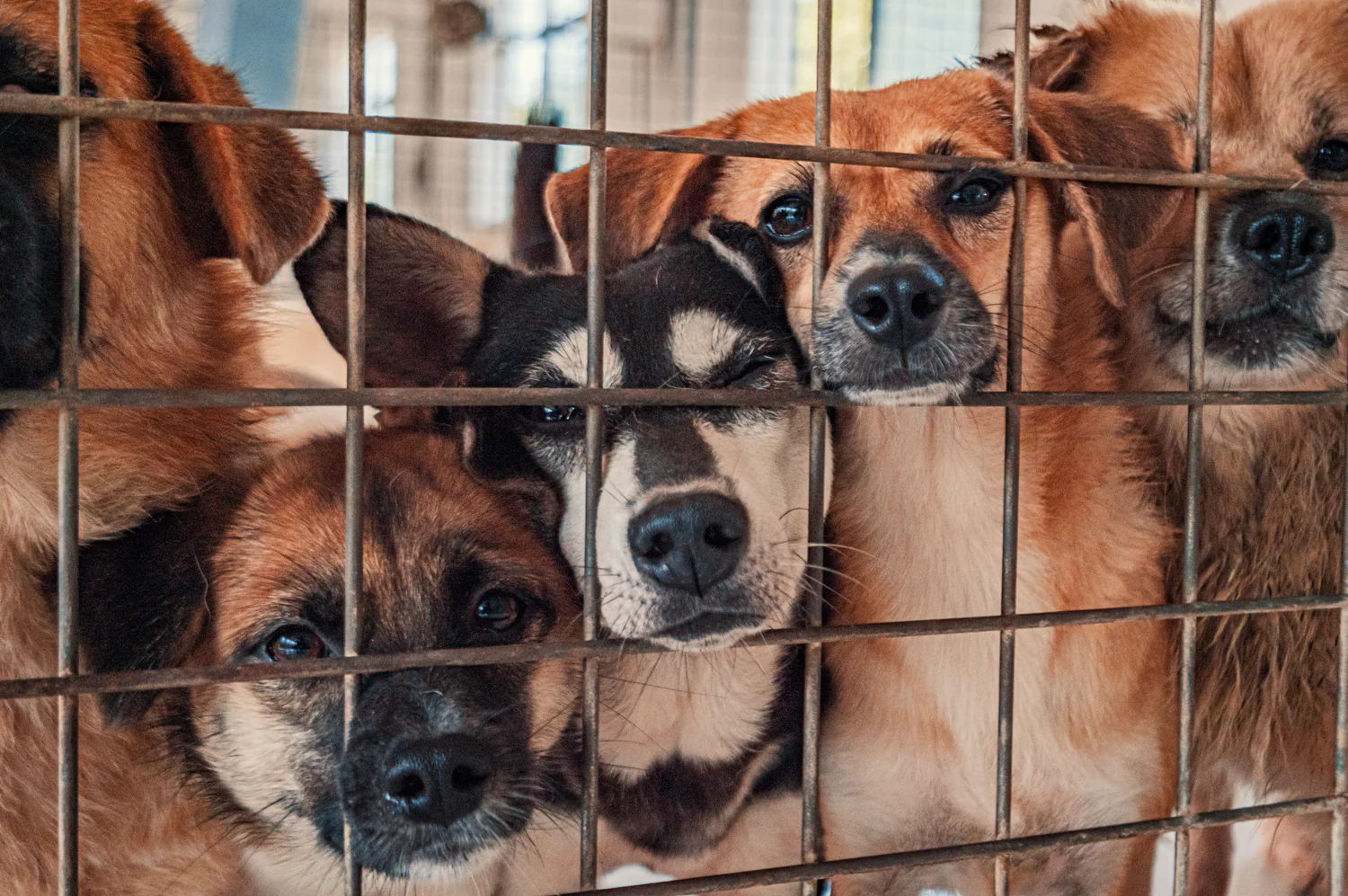Bringing home a new dog is an exciting experience, but the transition from an animal shelter to your home can be challenging for a rescue dog. It’s your responsibility to help them feel safe and comfortable as they adjust to their new environment.
Whether you’re considering adopting a rescue dog, have already fallen in love with one from your local shelter, or are waiting for the adoption process to be finalized, now is the perfect time to start preparing for your new family member!
What to Expect
The first step in welcoming your new dog is to set realistic expectations for the transition. While we all hope our new furry friends will immediately feel at ease, the reality is that adopting a dog is similar to bringing a child into your home. You and your new companion will go through an adjustment period as you get to know each other and settle into your new routine.
Here are the common phases of bringing a rescue dog home:
1. The Honeymoon Period
Like any new relationship, there’s a honeymoon phase when you first bring your dog home. During this time, your dog may exhibit exceptionally good behavior as they navigate their new surroundings. However, some dogs may act out due to fear and uncertainty. This honeymoon phase typically lasts for 2-4 weeks.
2. The Adjustment Period
As your dog becomes more familiar with their new home and family, their true personality will begin to emerge. This is when you’ll start to notice their habits, quirks, and unique traits. During this period, both you and your dog are learning to understand each other. The adjustment phase can last anywhere from a few weeks to several months.
3. The Settlement Period
Once your dog feels fully comfortable in their new environment, you’ll enter the settlement period. This is when your daily routine and relationship with your dog start to stabilize, and you’ll see what life together will truly be like.
How to Prepare
Having everything in place before your dog arrives can make their first days and weeks much smoother. Here’s how you can help your rescue dog feel at home:
Gather Essential Supplies
Make sure you have everything your dog will need to be happy and comfortable in their new home. This includes food and treats (consider asking the shelter what they’re currently eating and gradually transitioning them to their new diet), food and water bowls, a collar and leash, ID tags, a bed or crate, and sturdy toys. Having these items ready will help your dog feel secure from the moment they arrive.
Take It Slow
While it’s tempting to dive into all the fun activities you’ve imagined with your new dog, it’s important to take things slow. Give your dog time to adjust to their new surroundings before introducing them to new people, places, or experiences. Wait until they’re comfortable at home with you before heading to the dog park or meeting friends and family.
Create a Safe Space
Entering a new home can be overwhelming for a dog, so it’s important to provide them with a safe, comfortable space where they can retreat and relax. Set up a cozy bed or crate in a quiet area of your home, and include some toys or a blanket from the shelter that carries their familiar scent. This designated space will help your dog feel secure, especially during the first few nights.
Provide Supervision and Dog-Proofing
If possible, arrange for your dog to arrive when you can spend a few days at home with them. This will allow you to supervise them closely as they learn the rules of their new home. When you do need to leave them alone, make sure your home is dog-proofed. Many shelter dogs may experience separation anxiety, which can lead to unpredictable behavior. Consider closing doors or using a baby gate to confine your dog to a safe area until you’re confident in their behavior.
Prepare for Potty Accidents
Even if your new dog is potty-trained, accidents may happen in a new environment. These accidents can be caused by stress, anxiety, changes in diet, or a new routine. Be patient, provide frequent bathroom breaks, and have cleaning supplies ready. Avoid punishing your dog for accidents—they’re still learning to feel safe and comfortable in their new home.
Establish a Stable Routine
Dogs thrive on routine, and establishing a consistent schedule will help reduce their anxiety during the transition period. Set regular times for feeding, walks, playtime, and bedtime. The sooner your dog learns what to expect, the more secure they’ll feel. A stable routine will also help build trust and strengthen your bond.
Use Positive Reinforcement
Positive reinforcement is key during the transition period as your dog learns new habits and behaviors. Rather than punishing unwanted behavior, focus on rewarding the behaviors you want to encourage. Use treats, praise, and affection to reinforce good behavior, and be patient as your dog adjusts to their new life. Positive reinforcement will help build a strong, trusting relationship.
Consider Their Unique Needs
Every dog is unique, and it’s important to consider any special needs your new pet may have. Whether you’re adopting a senior dog, a dog with special needs, or one that has experienced trauma, take the time to learn about their specific situation. Understanding their background will help you provide the support they need to thrive in their new home.
Conclusion
Welcoming a shelter dog into your home can be a journey filled with ups and downs, but with patience, preparation, and love, you’ll build a bond that lasts a lifetime. Remember, pets are family, and your new dog will be forever grateful to be part of yours.

